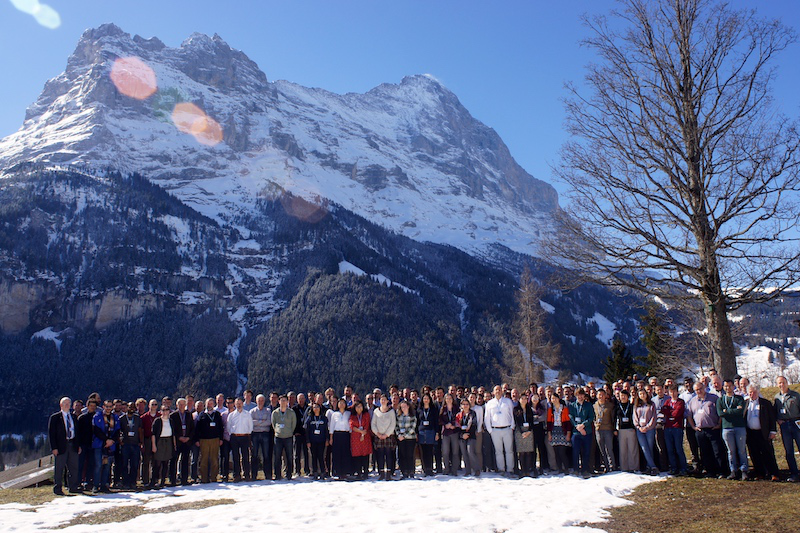Speaker
Description
As the number of known super-Earths and Neptune-like planets keeps growing, the properties and frequency of such systems start to be revealed. Planet formation models suggest that these low-mass planets, unlike giant planets, should be frequent around stars with low metallicities. But this theoretical prediction still needs to be observationally confirmed.
I will present the analysis of a decade-long radial-velocity survey of metal-poor stars with the HARPS spectrograph. In this survey, we find a significantly lower frequency of low-mass planets, when compared with results for stars with solar metallicity. These results challenge the predictions of the standard core-accretion theory, strengthening the idea that planets with lower masses which form in metal-poor disks may not migrate far before the disk dissipates, ending up at larger orbital periods and thus being still undetectable.

